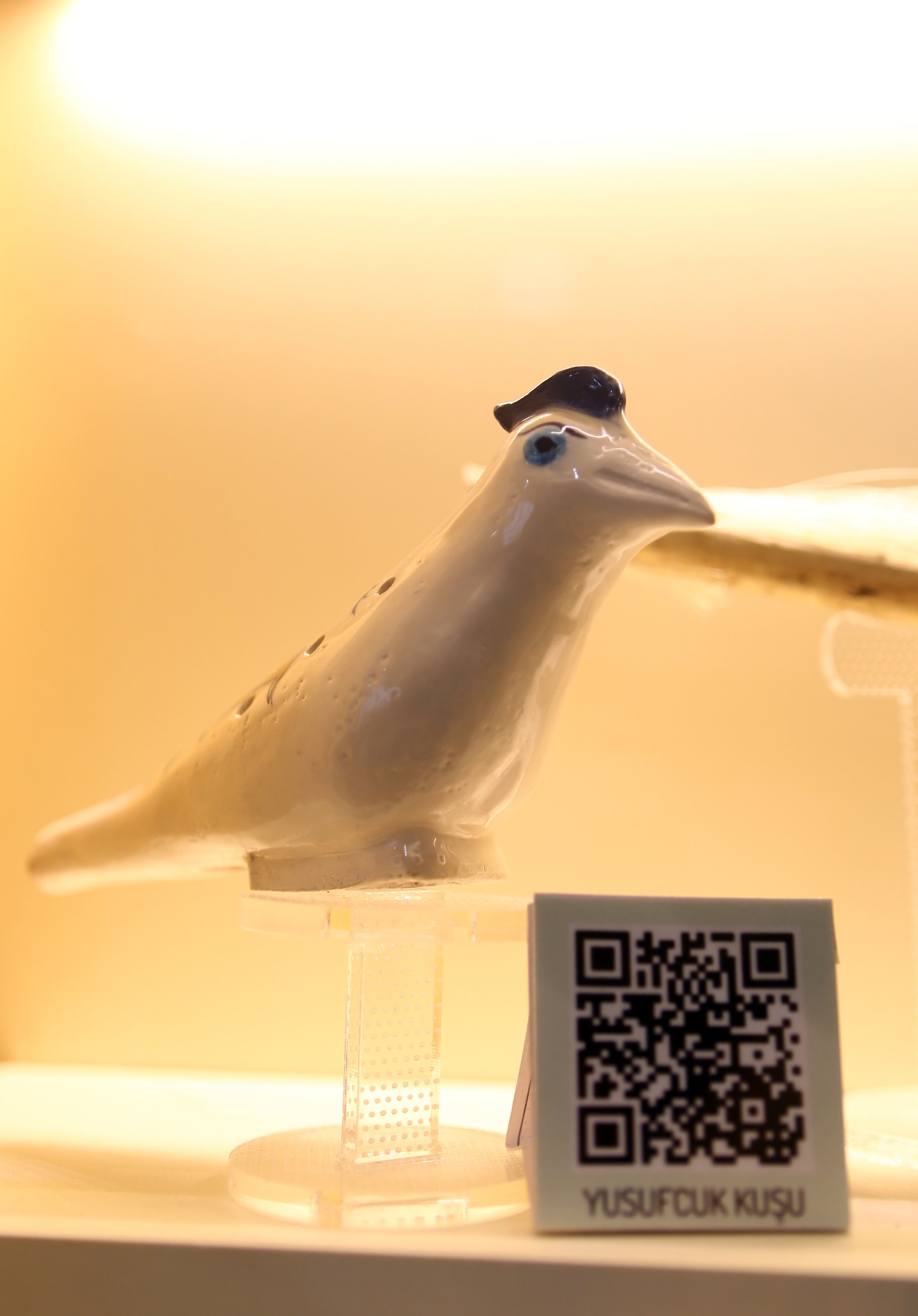© Turkuvaz Haberleşme ve Yayıncılık 2024
Turkey's northern Black Sea region is famous for its unique, traditional musical and local string instruments. In an effort to preserve and reintroduce the music of the region, Trabzon Chamber of Commerce and Industry (TTSO) Private Ipekyolu (Silk Road) Museum has selected for display various wind, percussion and string instruments made out of hollow bones, hides, shrub plants and horns.
The Private Silkroad Museum of northern Turkey's Trabzon province, founded in 2014 by the TTSO with the support of the Ministry of Development and the Eastern Black Sea Development Agency (DOKA), has added several archaeological and cultural artifacts to its showroom from across the historical Silkroad route and especially from northern Turkey's Black Sea region.
Turkey and particularly the Black Sea region of the country, offer innumerable authentic, distinctive and unique musical instruments, most of which occupy a special place in the folk poetry of Anatolia. The efforts to preserve these musical treasures have been ongoing across Turkey, varying from individuals crafting and selling them in their basement, to professional craftspeople producing authentic instruments in their workshop and even modern folk poets trying to keep traditions alive by giving lectures. The Silk Road Museum is another such initiative, working hard to ensure the survival and prosperity of traditional Turkish music.
Suat Hacısalihoğlu, the chairperson of the TTSO, said that the museum is very important for modern Turkish society. Hacısalihoğlu stated that the values of the region should be preserved and be presented to the world. “We wanted to create a center of attraction. With our project, we have prepared a museum in the entrance to the building of our chamber (of commerce),” he told Anadolu Agency (AA).

The museum's musical instruments section, trying to shine a light on the forgotten or fading music of Turkey with over 30 unique instruments from the Black Sea region, has sparked particular interest from visitors. “This section is reserved for the promotion of instruments on the Silk Road route and in our region. All of the instruments are functional. These are instruments that are not known by the younger generation,” Hacısalihoğlu said.
The museum exhibits several indigenous instruments such as “kamancheh,” a type of stringed bowed instrument; “gıygıy,” a local version of a violin; “kaynana zırıltısı,” literally meaning “mother-in-law whining”; a type of clapper or rattle called a “zurna”; a wind instrument called “yusufcuk kuşu,” or “turtle dove,” a nearly forgotten ceramic instrument; and the “kaval,” a chromatic end-blown flute traditionally associated with shepherds.

The museum intends to pass these cultural gems to future generations and exhausts every possible modern method to preserve history. Every showcased item has a barcode, which visitors can scan through their phones. This barcode takes them to a webpage with further information detailing the history of the instrument and its physical and cultural properties along with some of their melodies.
“Thanks to our work, visitors can check the barcodes, get information about the instruments, see and hear how they are played and what they sound like. I believe it has been an intriguing project,” he said and added, “We currently have over 30 instruments, but that will be around 100 in time. We are working hard to gather and exhibit every instrument in the region.”
